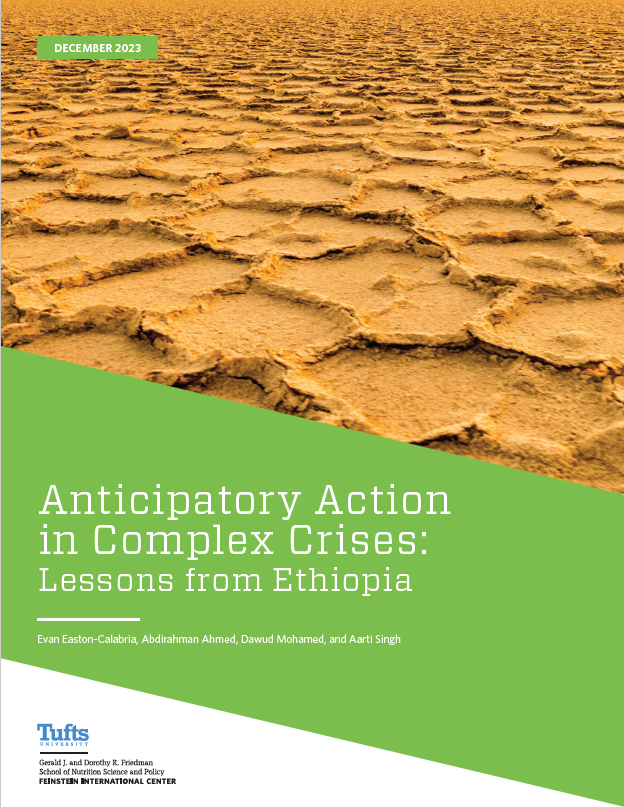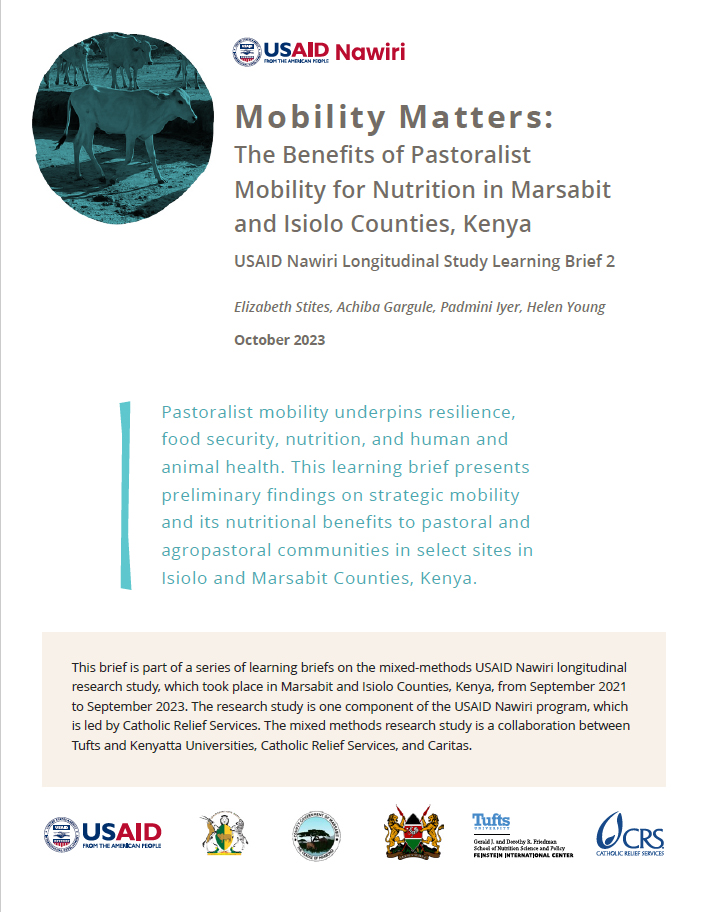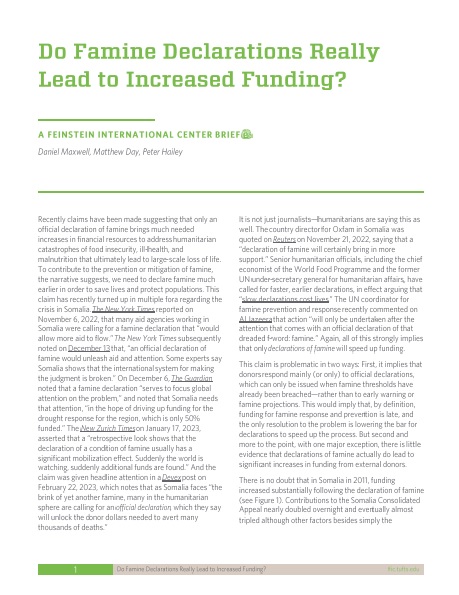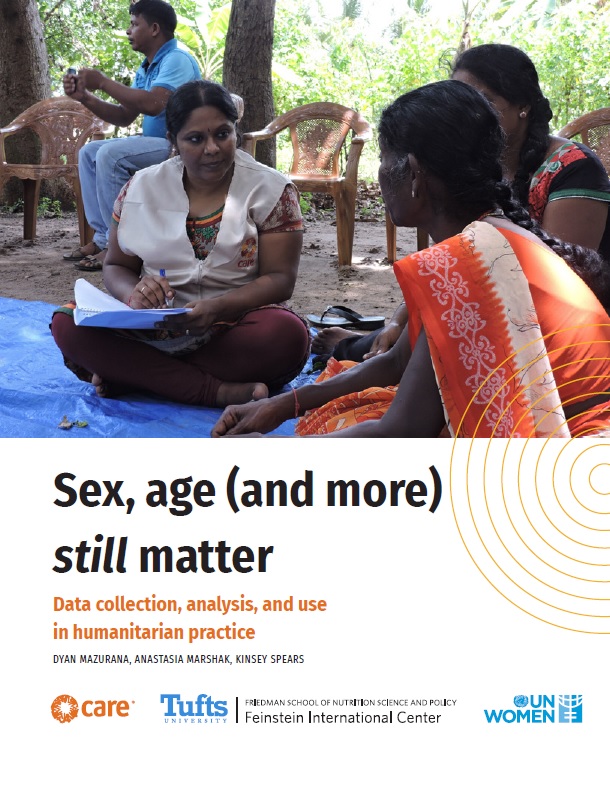Most of the individuals interviewed in the course of this research emphasised that the creation of another prescriptive tool would not be very helpful. But there was a recognised need for guidance that would help decisionmakers to navigate the complex set of choices and existing tools, manage the constraints and risks and make the best use of the evidence and analysis that exists in order to inform the most rational and needs-based approach to response. This Network Paper addresses this need. It provides guidance to decision-makers by presenting response analysis and the overall process of response choice from several different perspectives. This is not a prescriptive tool. Rather, it is an in-depth discussion of the process of making an appropriate response choice, and an analysis of the most important factors involved in that choice.
Response Analysis and Response Choice in Food Security Crises: A Roadmap
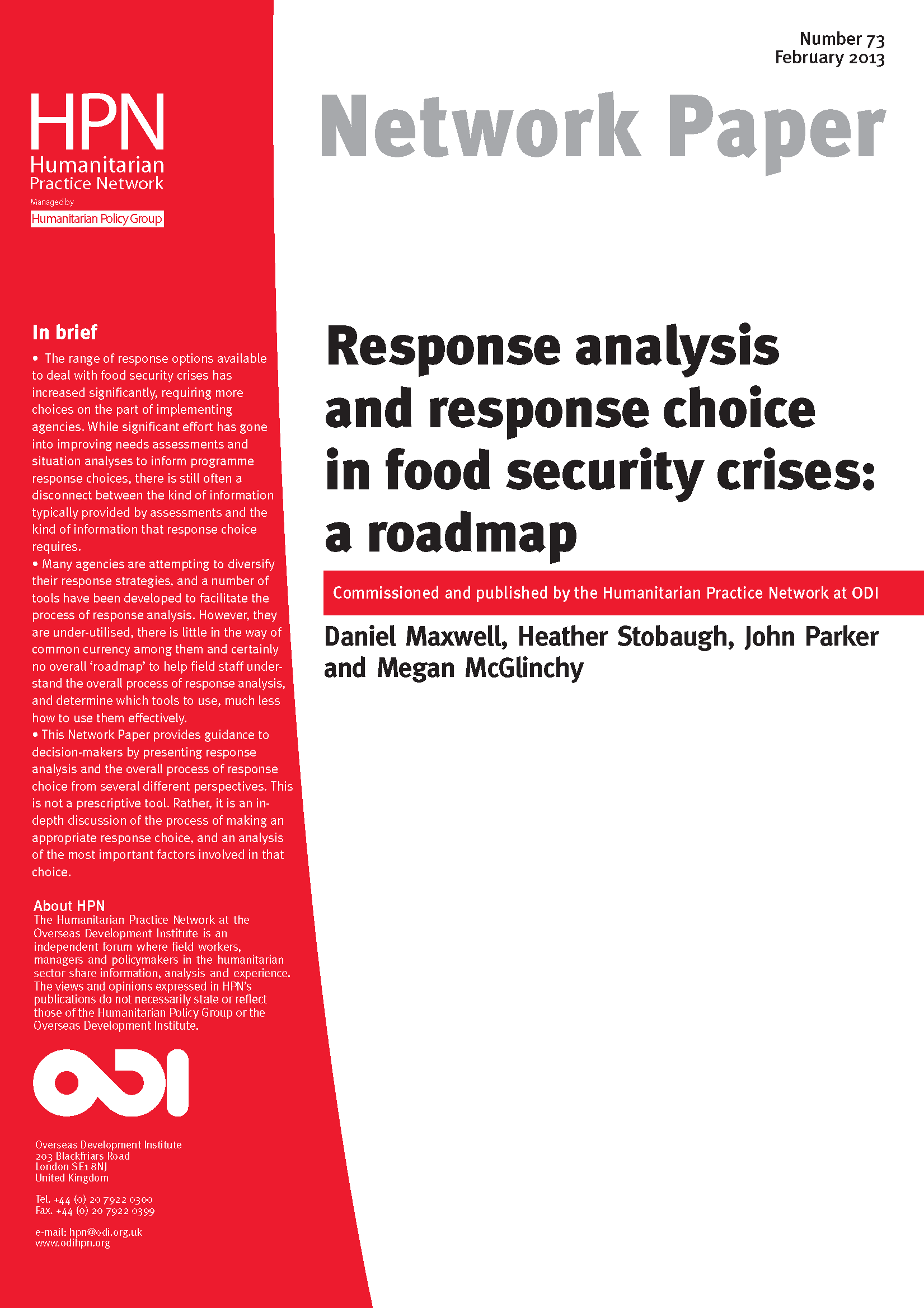
ASSOCIATED PROJECT
SUBJECTS
PUBLICATION TYPE
LOCATION

RELATED PUBLICATIONS
This report outlines an anticipatory insurance product designed to support farmers in the drought-prone regions of Malawi and Zambia.
•
This report presents the final findings from the USAID Nawiri longitudinal study, which investigated the drivers of the persistently high rates of acute malnutrition from September 2021 to September 2023.
•
This study examines how anticipatory action was perceived and experienced among Ethiopians living with drought alongside other crises.
•
This learning brief presents preliminary findings on strategic mobility and its nutritional benefits to pastoral and agropastoral communities in select sites in Isiolo and Marsabit Counties, Kenya.
•
This policy brief examines the relationship between famine declarations and funding since 2011. It shows that, with that one exception, there is little evidence that famine declarations actually result in a rapid increase in funding.
•



